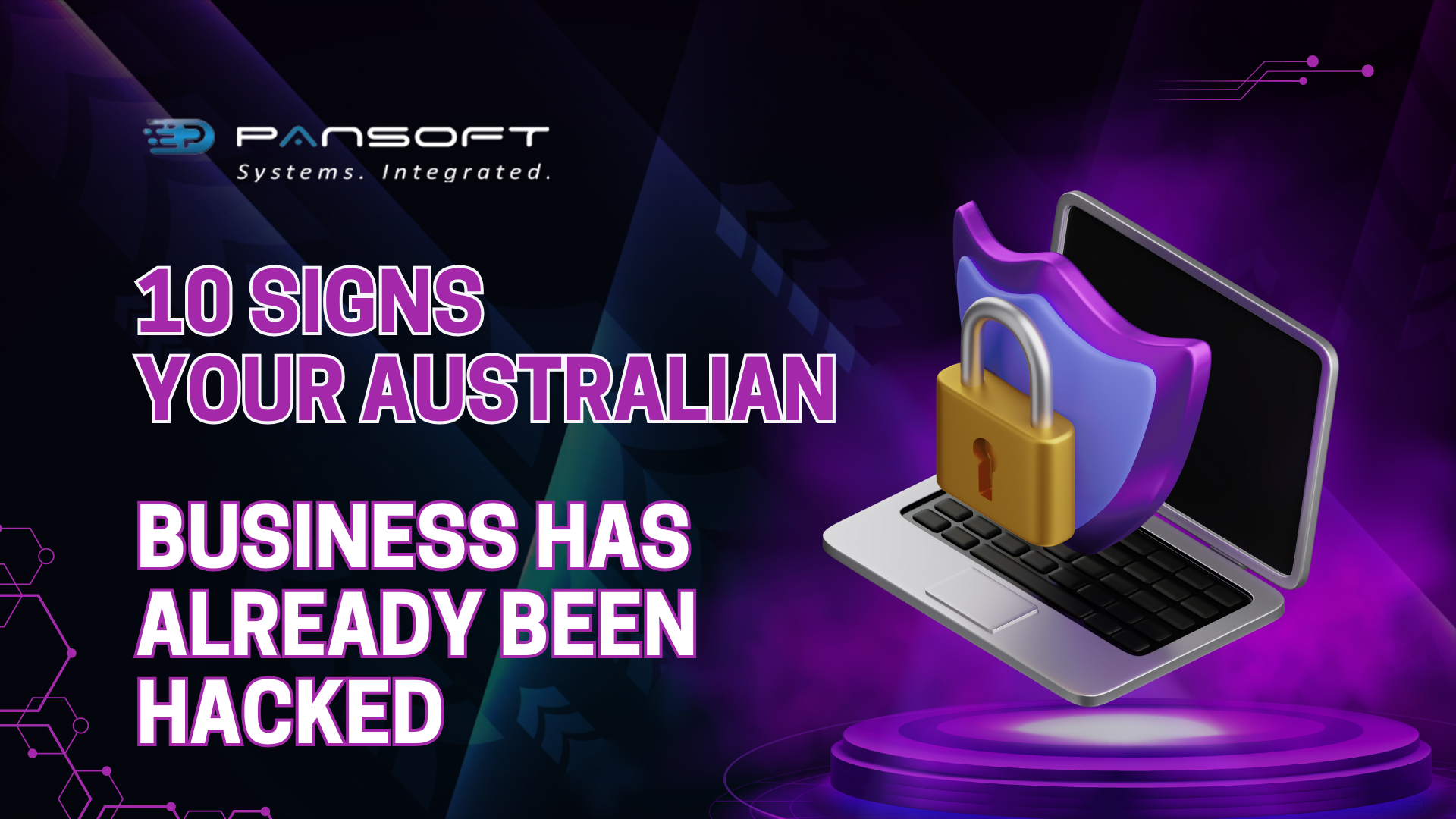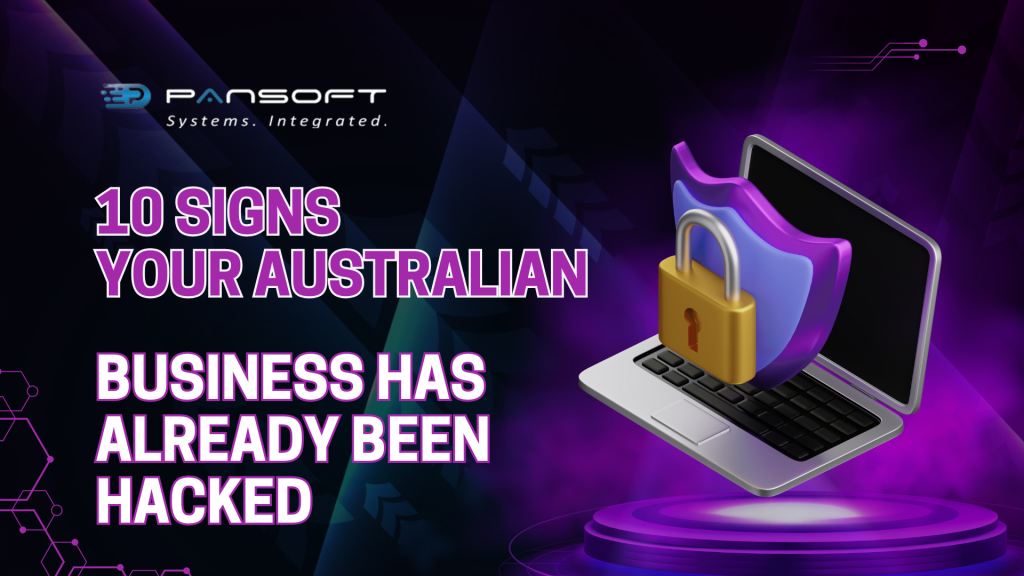Every day cybercriminals grow more clever and determined. Your Australian business holds valuable data, and that makes you a target. Recognizing the warning signs of a breach can mean the difference between a swift recovery and a drawn-out disaster. Below are ten clear indicators that someone may already be inside your network and the steps to take at once.
1. Unexplained Slow System Performance
Does your network feel sluggish for no clear reason? Attackers often run hidden processes to gather data or move between systems. If your computers slow down without any new applications or heavier usage, that demands immediate investigation.
2. Strange Login Times
Review your access logs for any logins at odd hours. Are administrator accounts active at three in the morning on a Sunday? If so, those sessions may not belong to your staff. Unfamiliar login activity is a classic sign that someone else holds valid credentials.
3. Multiple Failed Login Attempts
If you see dozens or hundreds of incorrect password tries in a short time, you could be facing a brute force attack. When that happens, lock down the account and force a password reset immediately.
4. Unauthorized Changes to Files or Settings
Has a critical file vanished overnight, or did a configuration change without your IT team’s knowledge? Intruders often modify or delete items to hide their activity. Any unexplained change should raise an alert.

5. The Story of a Hidden Threat
At a mid-sized legal firm in Perth, the practice manager noticed that sensitive client reports were missing key pages. Initial checks found nothing wrong until an IT audit revealed that an attacker had quietly copied files to an external server for weeks. By the time they discovered the breach, the data was already in the wrong hands.
6. Unexpected Outbound Network Traffic
Monitor traffic to the internet for spikes in data leaving your network. If you see large uploads to unknown servers, that is a strong indication that files are being exfiltrated.
7. Emails Sent from Your Domain That You Did Not Authorize
When clients complain of phishing messages that appear to come from your own email addresses, it usually means a mailbox has been compromised. Attackers use this approach to spread malware and harvest more credentials.
8. New User Accounts That You Did Not Create
Regularly audit all user accounts. If you find new profiles that you did not authorize, those could be backdoor accounts set up by attackers.
9. Security Alerts or Logs Suddenly Disabled
If your antivirus program stops reporting alerts or your intrusion detection logs show gaps, an intruder may be covering their tracks. Never ignore a sudden drop in security notifications.
10. Unfamiliar Pop Up Messages or Ransom Notices
Seeing a pop-up demanding payment to restore access is the clearest sign of a ransomware attack. Even pop-ups urging you to update software via unknown channels can indicate malicious activity.
What to Do Immediately
- Isolate Affected Systems
Disconnect compromised machines from the network to stop further spread. - Activate Your Incident Response Plan
Follow your documented procedures or engage a trusted cybersecurity partner at once. - Notify Stakeholders
Inform your leadership team, clients, and regulators if required. Honest and timely disclosure can reduce penalties and preserve trust. - Begin Forensic Investigation
Determine how the breach occurred and what data was exposed. - Reset Credentials and Harden Defenses
Force password changes Enable multifactor authentication and apply all pending security updates.
Quick Self Audit
Answer these questions now to assess your risk:
- When did you last patch every critical server and application
- Does your scan solution catch all high severity vulnerabilities
- Have you tested your breach response plan within the last twelve months
Protecting your business starts with awareness and action. Review your systems today and put these checks in place. If you have any doubts, consult a cybersecurity professional right away and take control before it is too late.

